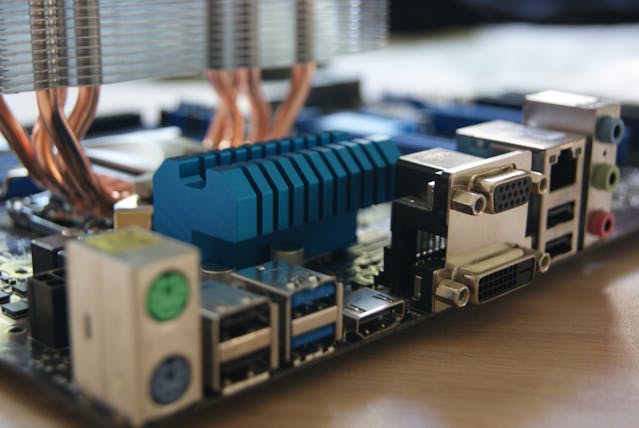Network security has become a critical concern for businesses and individuals in today’s digital age. With cyber threats evolving at an unprecedented pace, safeguarding your network has never been more essential. This article explores the top six strategies to enhance network security, providing valuable insights and practical tips to protect your digital infrastructure.
Understanding Network Security
Network security involves implementing measures to protect data and resources’ integrity, confidentiality, and availability. It encompasses many practices and technologies to prevent unauthorized access, misuse, and attacks. From firewalls and encryption to intrusion detection systems, network security aims to create a robust defense against cyber threats.
1. Implement Strong Password Policies
Passwords are the first line of defense against unauthorized access to your network. A strong password policy ensures that all users create complex, unique passwords that are difficult to guess. Encourage using a combination of letters, numbers, and special characters. Multi-factor authentication (MFA)should also be implemented to add an extra layer of security. With MFA, even if a password is compromised, the attacker still needs access to the second factor, such as a mobile device or email, to gain entry.
2. Regularly Update Software and Firmware
Outdated software and firmware can be a significant vulnerability in your network. Cybercriminals often exploit known vulnerabilities in old software versions. To mitigate this risk, ensure that all software, including operating systems, applications, and network devices, are regularly updated with the latest patches and security fixes. Automated update systems can streamline this process, reducing the likelihood of human error and ensuring your network remains secure.
3. Use Advanced Firewalls and Intrusion Detection Systems
Firewalls are a fundamental component of network security. They act as a barrier between your internal network and external threats. Modern firewalls offer advanced features such as deep packet inspection and stateful packet filtering, which can identify and block malicious traffic. In addition to firewalls, intrusion detection systems (IDS)are deployed to monitor network traffic for suspicious activity. IDS can alert you to potential threats in real time, allowing for a swift response to incidents.
4. Educate Employees About Cybersecurity
Human error is one of the leading causes of security breaches. Educating your employees about cybersecurity best practices can significantly reduce this risk. Conduct regular training sessions on phishing, social engineering, and safe browsing habits. Encourage employees to report any suspicious activity immediately. By fostering a culture of security awareness, you can empower your team to be the first line of defense against cyber threats.
5. Implement Network Segmentation
Network segmentation involves dividing your network into smaller, isolated segments. This strategy limits the spread of malware and unauthorized access by containing threats within specific segments. For example, separate your guest network from your leading corporate network. In a breach, the attacker would only have access to a limited portion of your network, reducing the potential damage. Network segmentation also allows for more granular control over access permissions and monitoring.
6. Conduct Regular Security Audits and Penetration Testing
Regular security audits and penetration testing are crucial for identifying vulnerabilities in your network. Security audits comprehensively review your network’s security policies, procedures, and configurations. Penetration testing simulates cyber-attacks to identify weaknesses that attackers could exploit. By conducting these assessments regularly, you can proactively address security gaps and strengthen your overall network security posture.
Conclusion: Staying Ahead in the Cybersecurity Game
In a world where cyber threats are constantly evolving, staying ahead in the cybersecurity game requires vigilance, education, and the implementation of robust security measures. You can significantly enhance your network security by adopting these six strategies implementing strong password policies, regularly updating software and firmware, using advanced firewalls and intrusion detection systems, educating employees, implementing network segmentation, and conducting regular security audits and penetration testing. Protecting your digital assets is not just a technical necessity but a vital component of safeguarding your business and personal information against the ever-present cyber-attack threat. Stay proactive, stay informed, and prioritize network security to ensure a safer digital future.



